How This Tiny Animal May Prolong the Life of Humans
A new study published by scientists suggests a tiny animal with a unique set of biological abilities may hold the keys to increasing longevity in humans.
Researchers from the University of Wyoming had been investigating a microscopic creature known as a Tardigrade when they made their groundbreaking discovery. But just how can an animal barely visible to the human eye help us live longer? Let’s find out.
The Pursuit of Longevity
Over the past few centuries, advancements in medical science have drastically increased the overall life expectancy of humans worldwide.

Source: Freepik
However, scientists are determined we can increase our longevity further and continue to seek out ways to accomplish this goal. One recent breakthrough comes not from the field of medicine but biology and is centered on a unique animal 25 times smaller than the average ant.
New Study Suggests Microscopic Animal May Hold the Key to Increasing Human Longevity
A new study published by researchers from the University of Wyoming reveals a hopeful possibility that microscopic Tardigrades, often referred to as water bears, may hold the key to increasing humanity’s longevity.

Source: Wikimedia
Scientists discovered that certain proteins utilized by Tardigrades to enter into biostasis may actually slow down the effects of aging in humans.
Tardigrades Have the Ability to Pause Their Biological Clock
The microscopic animals, known for their resilience, are extremely common and are well known to the scientific community as a species that can survive just about anywhere, including outer space.
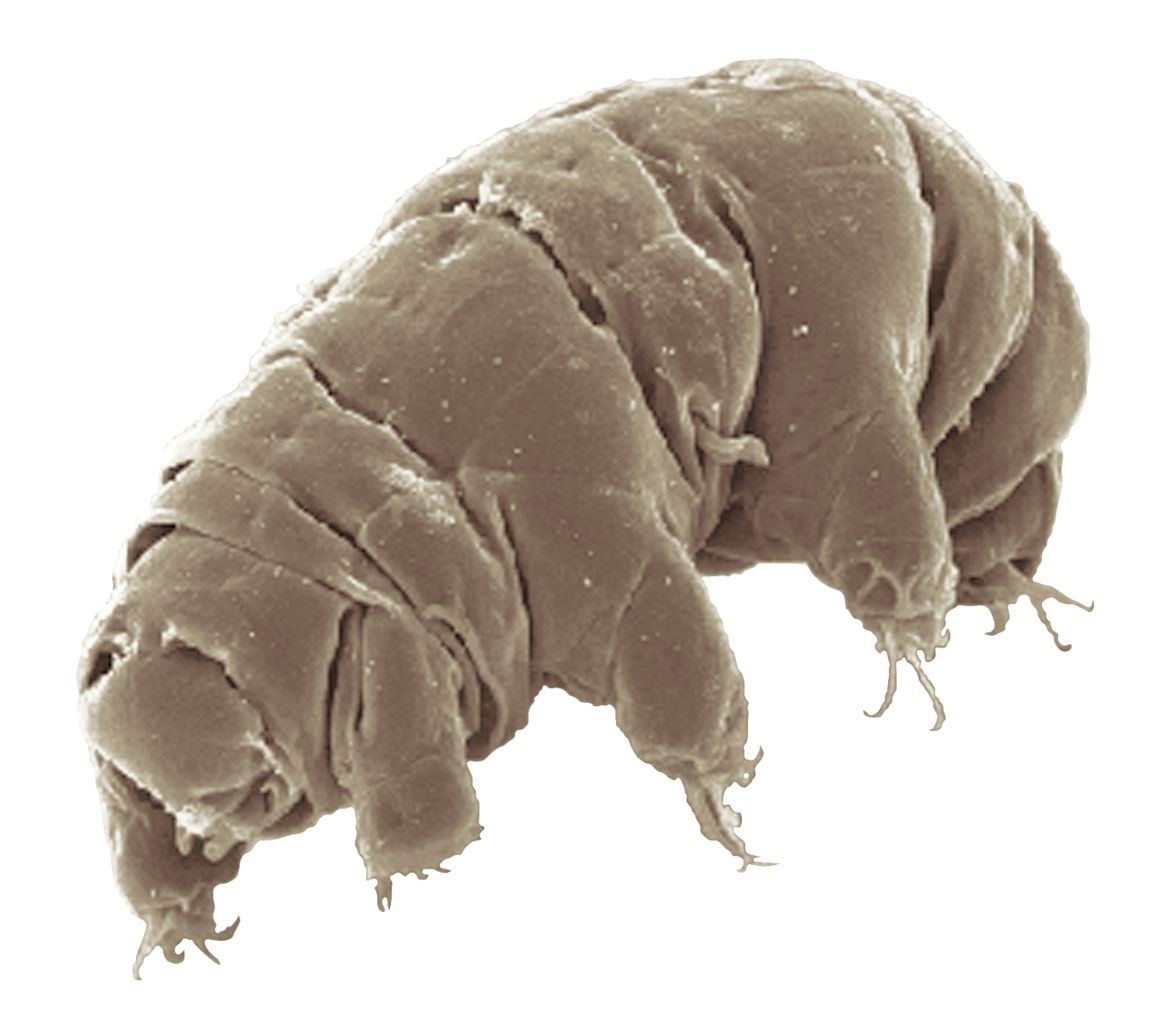
Source: Wikimedia
They also have a plethora of unique abilities that have garnered the attention of researchers, including the ability to pause their biological clock. Now, UW Senior Research Scientist Silvia Sanchez-Martinez and her team are investigating whether any of the Water Bears’ biological gifts can have a positive effect on humanity’s longevity.
Slowing Down the Aging Process
In their new study, researchers in the US and Europe began investigating the effects tardigrade proteins had when expressed in human cells and what effect it could have on our molecular processes.

Source: Wikimedia
They observed the proteins of his tiny animal could potentially slow down the human aging process, a discovery that could help revolutionize the future of medicine.
The Water Bear's Secret Weapon
The secret weapon of the tardigrade is these unique proteins, which form gels inside the animal’s cells. This allows the tardigrade to enter a state of biostasis or suspended animation.
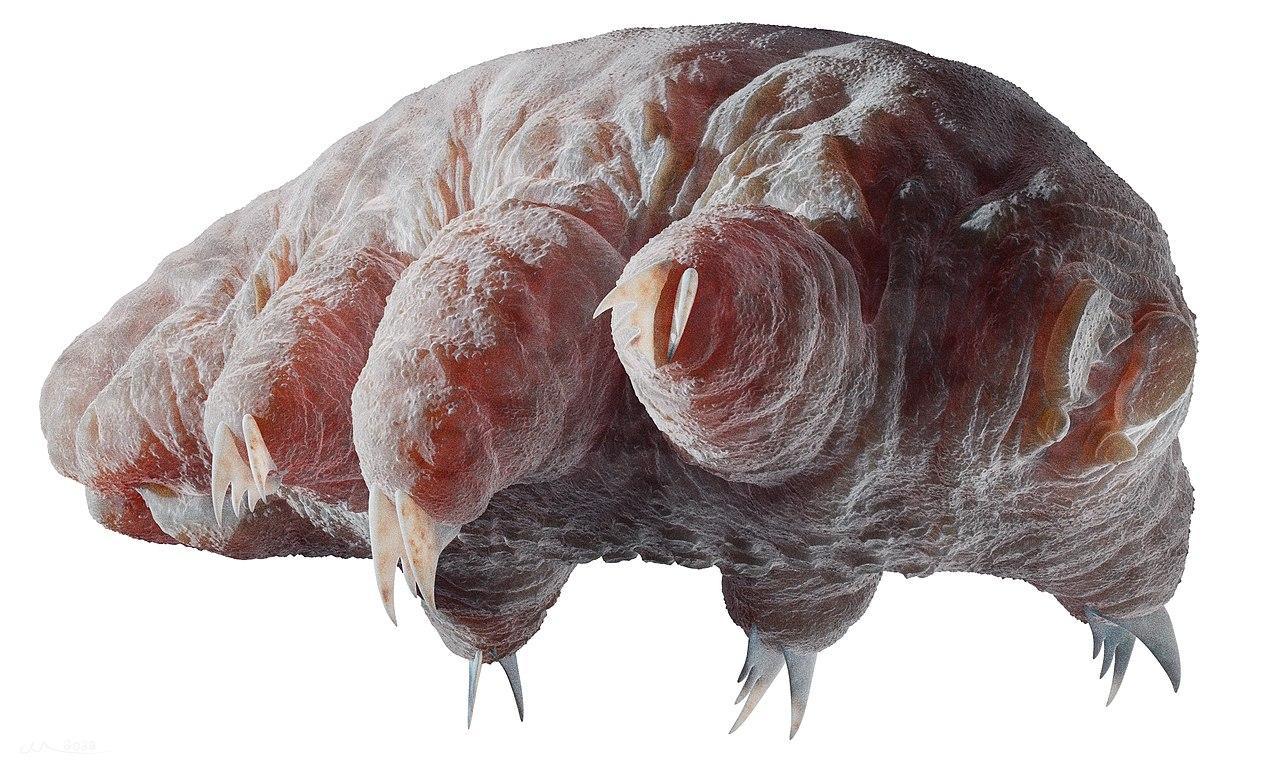
Source: Wikimedia
While in this state, scientists have observed the water bears surviving extreme temperatures ranging from being frozen at -458 degrees Fahrenheit to over 300 degrees Fahrenheit. They can also withstand huge amounts of radiation, well beyond what humans are capable of withstanding.
The Effects of the Water Bear’s Proteins on Humans
During a press statement, Silvia Sanchez-Martinez, the lead author of the paper, spoke on the groundbreaking observations made during the study, which was published in the journal Protein Science.

Source: Wikimedia
“Amazingly, when we introduce these proteins into human cells, they gel and slow down metabolism, just like in tardigrades,” said the researcher.
What Happens When Human Cells Are Exposed to Tardigrades Proteins?
Sanchez-Martinez, who previously worked at Howard Hughes Medical Institute before joining the UW lab, explained what happens when human cells are exposed to the tardigrades’ proteins.
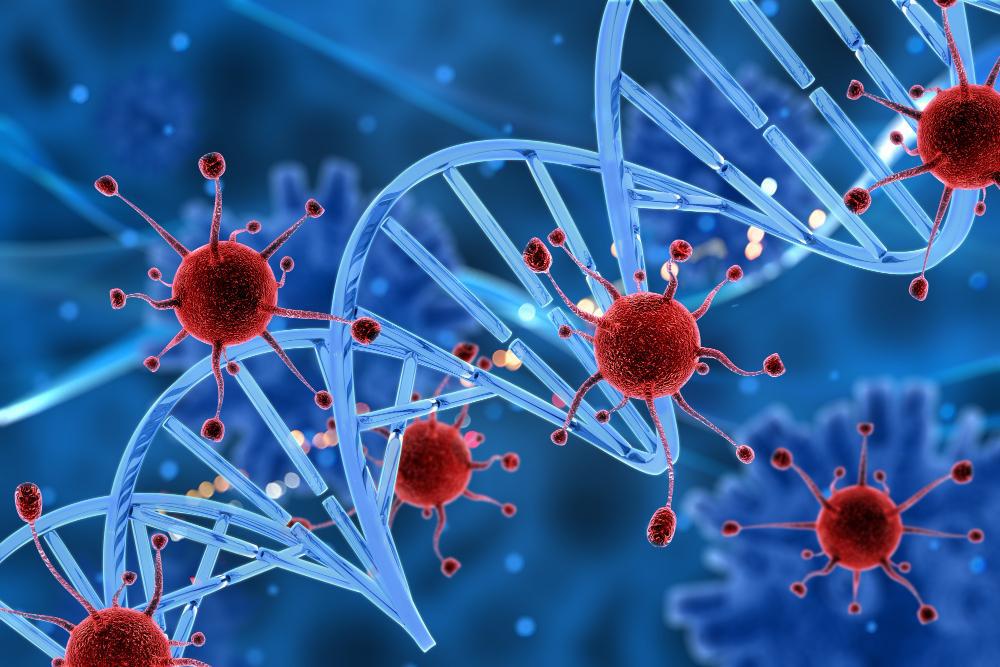
Source: Freepik
“Furthermore, just like tardigrades, when you put human cells that have these proteins into biostasis, they become more resistant to stresses, conferring some of the tardigrades’ abilities to the human cells,” she added.
The Entire Process is Reversible, Says Scientists
The researchers also proved that the entire process is reversible in humans. Our bodies would leave this state of suspended animation once the external stress or life-threatening situation was relieved. Then, the human cells simply return to their normal state.
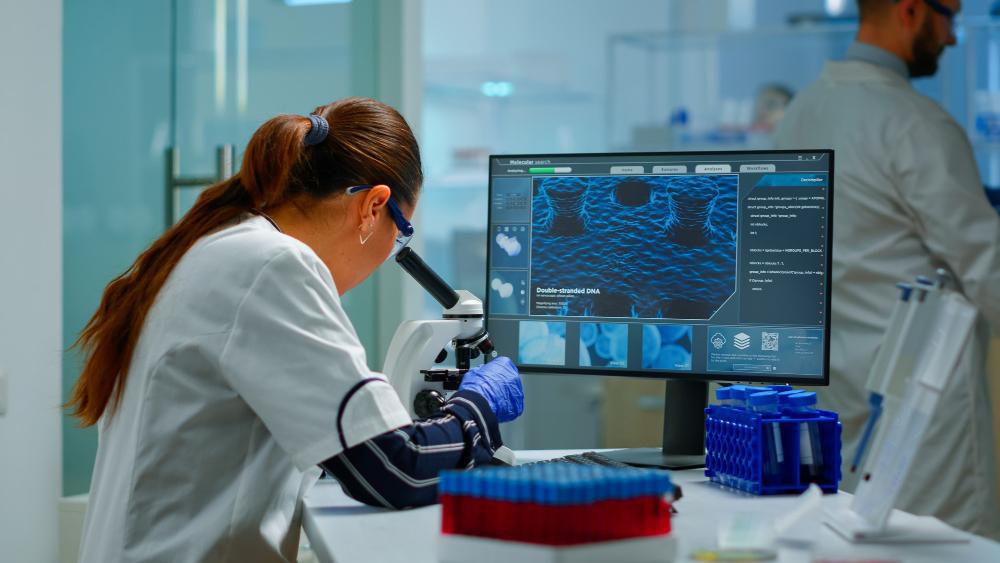
Source: Wikimedia
“When the stress is relieved, the tardigrade gels dissolve, and the human cells return to their normal metabolism,” said the researchers.
Further Study of the Tardigrades Proteins is Warranted
The team of UW scientists believes they have provided sufficient evidence to suggest that further investigations of the tardigrades are warranted.

Source: Freepik
“Our findings provide an avenue for pursuing technologies centered on the induction of biostasis in cells and even whole organisms to slow aging and enhance storage and stability,” said the researchers.
Water Bears Continue to Fascinate Researchers
Previous studies conducted on the tardigrade proteins by researchers from the same facility showed that they could help stabilize a drug used to threaten people suffering from hemophilia by using a refrigerator.

Source: Wikimedia
The water bears remain a fascinating creature that continues surprising researchers with each subsequent investigation.
Future Experiments With Tardigrades
The most recent study has truly revolutionized our understanding of these unique microscopic animals, and future investigations may lead to the development of technologies that could drastically slow down cell aging.
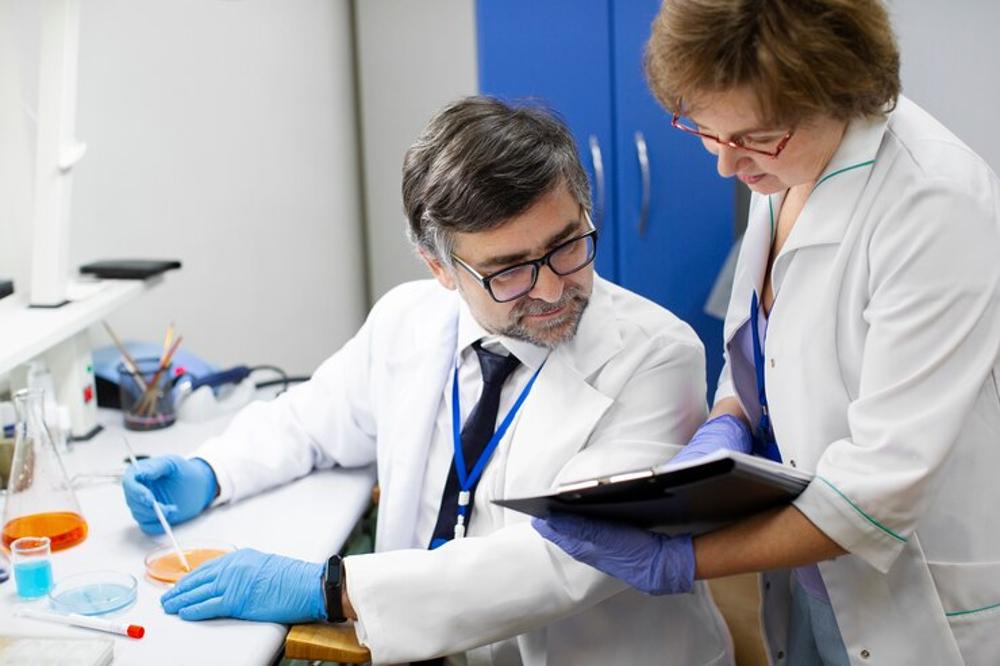
Source: Freepik
Proteins from the tiny creatures may also be used to produce life-saving medicines that do not require refrigeration, greatly increasing an individual’s chances of survival.
